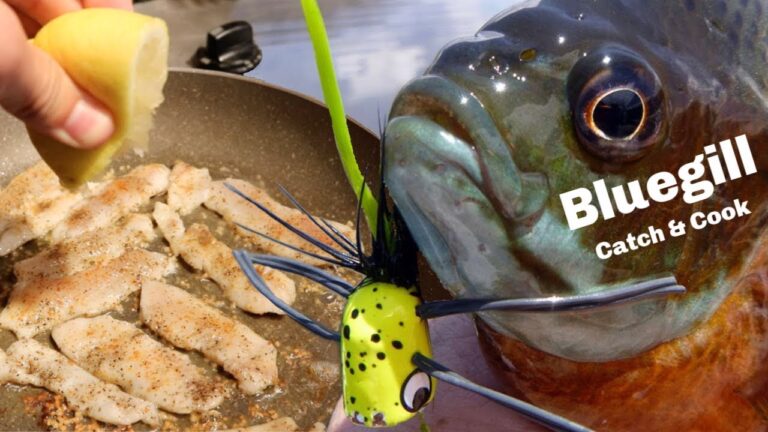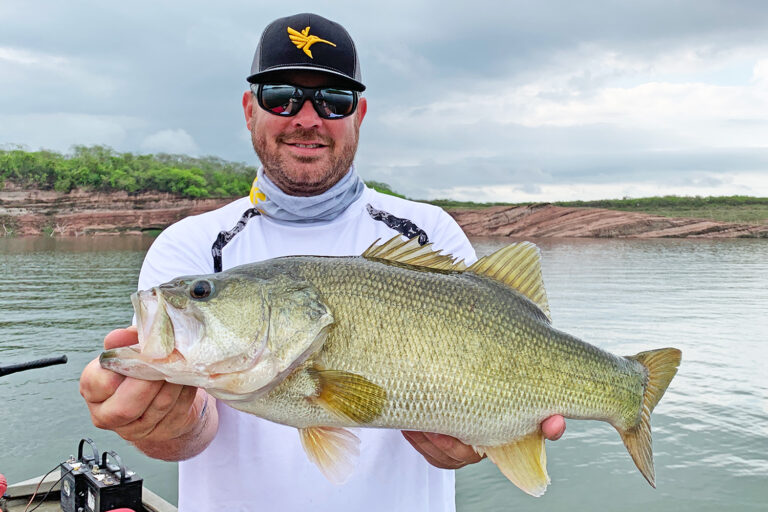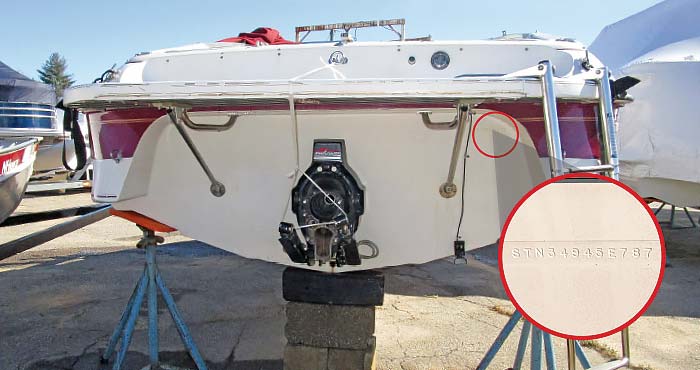How to Tie a Crankbait
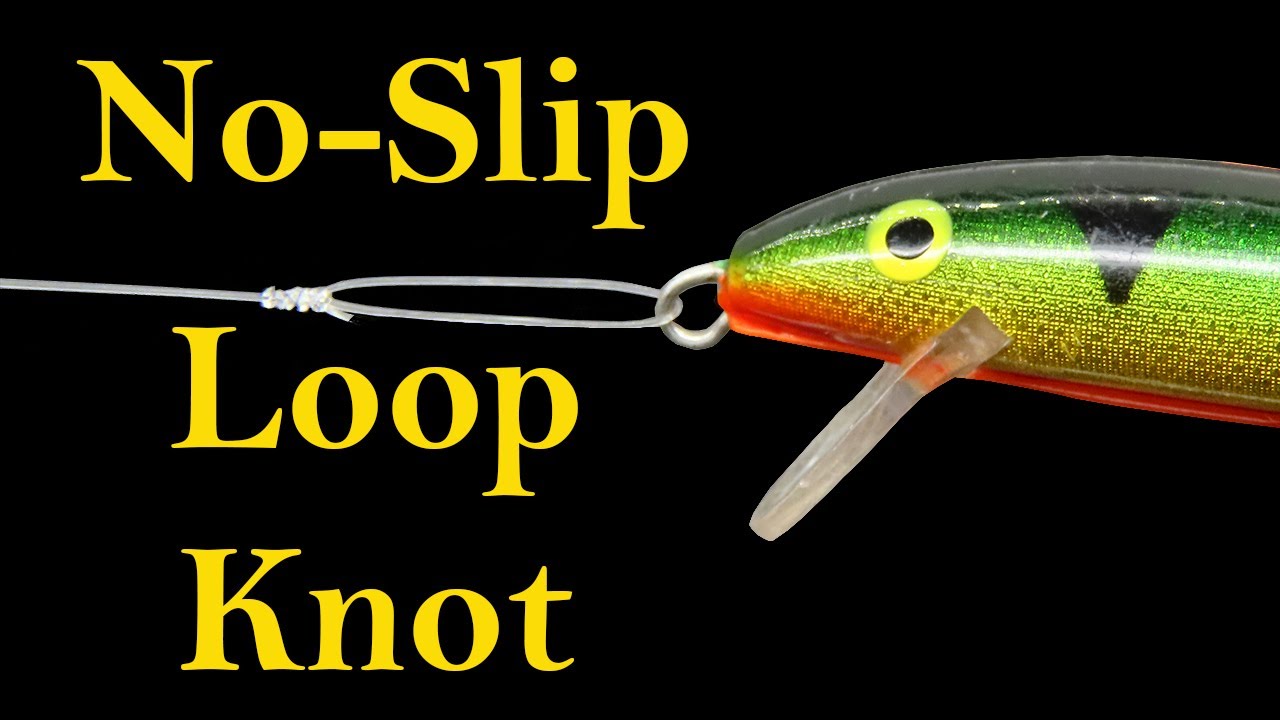
To tie a crankbait, use a non-slip loop knot for the best results. This knot allows for more side-to-side action of the bait and is easy to tie.
Simply create an overhand knot, run the tag end around the main line, and lubricate the loop before pulling it tight. Alternatively, you can use a metallic link such as a small snap or split ring to attach the crankbait to the fishing line.
Tying the crankbait directly to the eye of the lure can also be an option. Make sure to properly rig the crankbait and fish it correctly to maximize your chances of catching fish.
Credit: www.netknots.com
Different Knots For Tying Crankbaits
The Palomar Knot: This knot is effective for attaching a crankbait as it provides a strong and reliable connection. Start by doubling the line and passing it through the eye of the bait. Tie an overhand knot and then loop it over the bait. Pull the tag end and mainline to secure the knot.
The Improved Clinch Knot: Another great option for tying crankbaits, the improved clinch knot is easy to tie. Pass the line through the eye and make five to seven wraps around the main line. Then, thread the tag end through the loop near the eye and the coils. Finally, moisten and tighten the knot.
The Uni Knot: This versatile knot can securely attach crankbaits. Pass the line through the eye and double it back. Make a loop and wrap the tag end around the double line. After passing the tag end through the loop, moisten and pull it tight.
The Trilene Knot: To tie a trilene knot, run the line through the eye twice and form a loop. Wrap the tag end around the doubled line 5-7 times, before passing it through the loop. Moisten the knot and pull it tight to secure the connection.
The Blood Knot: This knot is suitable for tying two lines together when using a leader with a crankbait. Overlap the two lines and twist them around each other 3-5 times. Then, thread the tag end through the gap created between the lines, moisten, and pull the knot tight.
The Albright Special Knot: When using a leader with a crankbait, the Albright special knot is a reliable option. Create a loop in the leader and run the main line through it. Wrap the main line and then thread it back through the loop. Moisten and pull the knot tight to secure the connection.

Credit: www.youtube.com
Tips For Tying And Attaching Crankbaits
When it comes to tying a crankbait, there are a few tips you should keep in mind. First, make sure to use a strong and reliable knot, such as the Palomar knot or the improved clinch knot, to ensure the bait stays securely attached to your fishing line. Attaching a small snap or split ring can also be effective in providing more flexibility and movement for certain crankbaits. When tying the knot, lubricating it with water or saliva can help prevent friction and ensure a tight and secure knot. Additionally, when rigging a crankbait, be sure to choose the right size and type of line that matches the weight and diving depth of the bait. By following these tips, you can effectively tie and attach crankbaits for a successful fishing experience.
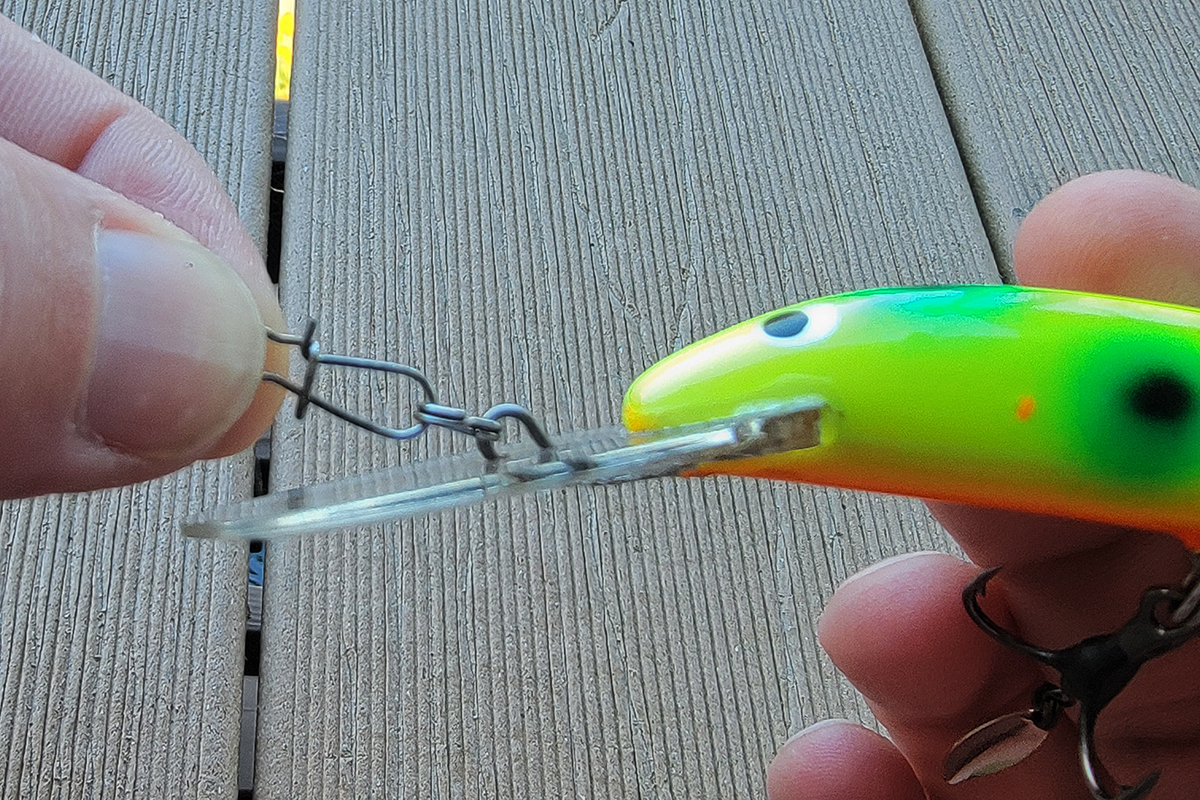
Credit: www.in-fisherman.com
Frequently Asked Questions Of How To Tie A Crankbait
What Knot Is Best For Crankbaits?
The best knot for crankbaits is the non-slip loop knot. It allows for more side-to-side action of the bait.
How Do You Attach A Crankbait?
To attach a crankbait, use a non-slip loop knot for better side-to-side bait action. Alternatively, use a small snap or the provided split ring for certain crankbaits. Avoid tying directly to the eye of the crank. Maintain the action with the right attachment.
How Do I Keep My Crankbait From Tangling?
To keep your crankbait from tangling, tie a Palomar knot or a non-slip loop knot. These knots allow for more side-to-side action of the bait. Avoid using polymer with fluorocarbon as it can cut. Some crankbaits may run better with a small snap or a split ring instead of tying directly to the eye of the crank.
How Fast To Reel A Crankbait?
To reel a crankbait, the ideal speed is to vary your retrieval speed to mimic the erratic movement of injured prey. Experiment with different speeds to find what works best for attracting fish.
Conclusion
Tying a crankbait is a fundamental skill that every angler should master. By using the right knot, such as the improved clinch knot or the palomar knot, you can ensure the bait stays secure and your fishing experience is successful.
Understanding the intricacies of tying a crankbait will significantly enhance your overall fishing techniques.
